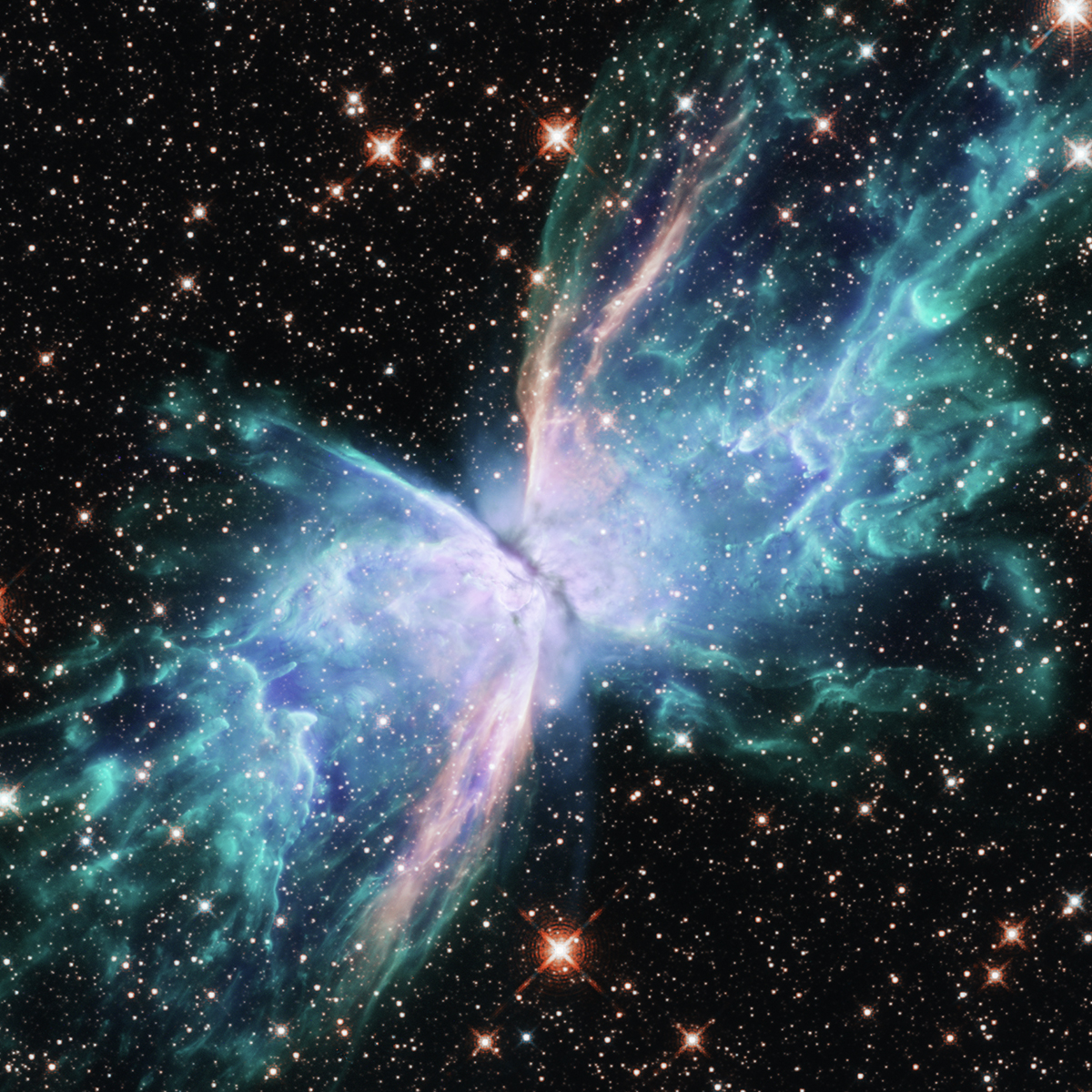The Final Act of Stars: Supernovae, Black Holes, and the Cosmic Legacy

Stars—the brilliant celestial bodies that light up the universe—have life cycles as dynamic and captivating as their radiant glow. Like everything in nature, they too eventually die, but this isn’t a simple fading. Instead, the end of a star's life can range from a calm disappearance to a cosmic cataclysm, shaping the universe by creating new elements and dispersing them across the cosmos.
The Lifecycle of a Star
Every star begins with the same fundamental function: burning hydrogen through nuclear fusion, producing light and heat. Throughout most of their lives, stars maintain equilibrium, with nuclear fusion at their cores pushing outward while gravity pulls inward. As long as there’s hydrogen to burn, things stay balanced. But this fuel doesn’t last forever; when it’s depleted, the star’s fate is sealed.
The Death of Sun-like Stars
For stars like our Sun, the process is relatively predictable. When hydrogen runs out, fusion slows, and gravity begins to take over. The core contracts and heats up under immense pressure, while the outer layers expand, transforming the star into a red giant. During this phase, the star fuses helium into heavier elements like carbon until it, too, runs out of energy.
At this point, the core shrinks into a dense ball, and the outer layers drift away, forming a planetary nebula. What remains is a white dwarf—a hot, dense core no longer producing new energy. Over billions of years, this core cools and fades, slipping slowly into oblivion. The Sun is expected to die in this manner, with no dramatic explosions—just a slow, inevitable decline.
The Death of Massive Stars
In contrast, stars at least eight times more massive than the Sun face a much more violent end. Like smaller stars, they expand into super red giants, but their immense mass allows them to continue fusing heavier elements beyond carbon, creating layers akin to an onion. As fusion progresses through elements like neon and oxygen, the core grows increasingly hot and dense, until it begins fusing iron.
However, the fusion of iron absorbs energy rather than releasing it, robbing the star of the internal pressure required to support its massive weight. With no pressure to counteract gravity, the core collapses within seconds, resulting in an explosive event known as a supernova. This explosion propels the outer layers into space at immense speeds, while the core compresses to an extraordinary density.
Neutron Stars and Black Holes
What happens after the supernova depends on the mass of the collapsing core. If it is less than three times the mass of the Sun, it stabilizes as a neutron star—an incredibly dense object in which a teaspoon of material would weigh billions of tons. Some neutron stars spin rapidly, emitting beams of radiation as pulsars.
If the core is more massive, however, even neutron degeneracy pressure cannot prevent further collapse. In this case, the core becomes a black hole, a region of space where gravity is so intense that not even light can escape. The core is compressed into an infinitely small point called a singularity, surrounded by an event horizon—a boundary beyond which nothing can return.
The Cosmic Legacy of Star Death
The death of stars leaves a profound mark on the universe. Whether a star becomes a white dwarf, neutron star, or black hole, the materials it expels—carbon, oxygen, iron—scatter across the cosmos. These heavy elements enrich the surrounding space, providing the building blocks of planets, moons, and the chemical complexity needed for life.
Without the death of stars, the universe would lack the diversity of elements necessary for the formation of planets and the evolution of life as we know it.
Similar Post You May Like
-

CFCs, HFCs and their long, troubled history
At its peak, the ozone hole covered an area 7 times larger than the size of Europe, around 29.9 million km2, and was rapidly expanding
-

The Origin of Universe: Deciding point where it all began!
Let us unravel and surf through the ideas throughout ages to understand what the universe and its origin itself was to its inhabitants across history.
-

The Artemis Program
Inspired by the Greek goddess of the Moon, twin sister to Apollo, the artimis program was named on 14 May 2019 by Jim Bridenstine.






